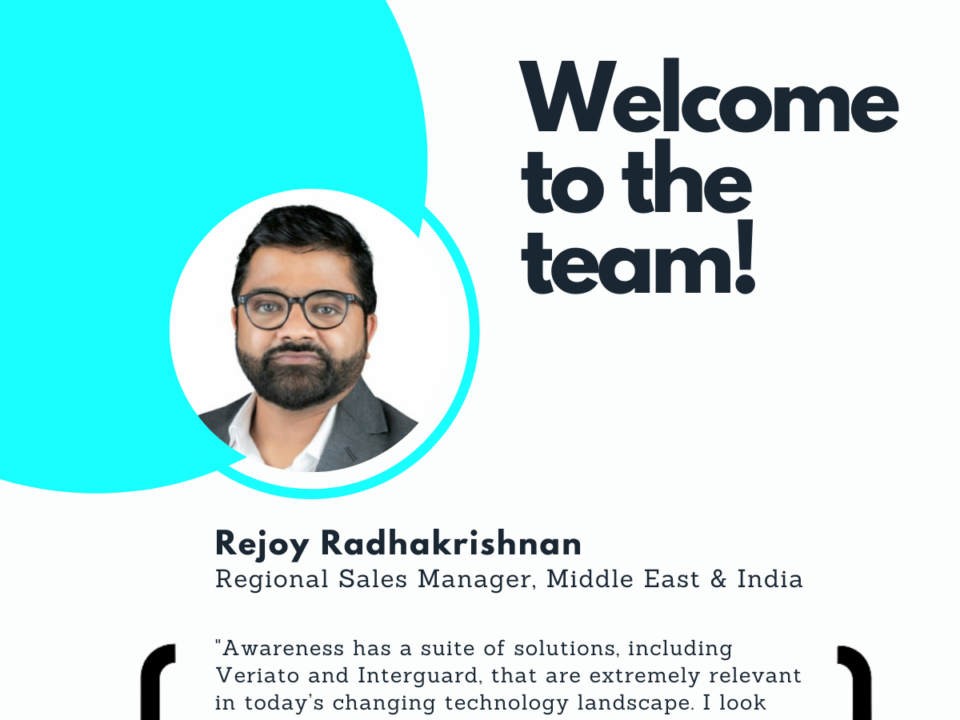
Awareness Technologies Appoints Rejoy Radhakrishnan, Regional Sales Lead, Middle East and India
March 28, 2022Avoid These Employee Monitoring Blunders

In September 2021, 45% of full-time employees were still working remotely, and the trend is hard to reverse. People like the freedom of working from home. Without a commute, they save time. Without a boss looming in the background, they can multi-task at home. And, without an office full of colleagues, they don’t have to worry about dressing up or having water cooler chit-chat.
While employees see these changes as positives, businesses see remote workers as a bit of a risk. People are working on their own computers, working off hours, and potentially taking advantage of company time, stealing data, or worse.
For these reasons, many companies have implemented employee monitoring technology, also known as “bossware.” But HR teams, managers and executives need to approach employee monitoring correctly. Too often, poorly constructed plans, bad communication and unreasonable expectations get in the way of a successful implementation.
Work With the New Schedule, Not Against It
For a remote or hybrid workforce, the “9-5” work day is generally a thing of the past. Unless someone has clear hours where they need to be available to answer phones, such as a call center representative, people work much more fluidly today than they did even three years ago. A typical schedule might be “6-7, 10-4, 7-9” where people take breaks to eat, take kids to school and exercise on their own time.
The good news is that the remote workforce is more productive. That shouldn’t be discounted. Allowing people to set their own schedule, as long as it doesn’t get in the way of overall company productivity, can keep them loyal and hard working.
Employee monitoring needs to work with this general trend, not against it. For any manager, the best way to truly understand if someone is working odd hours is to monitor their schedule over time — not compare it to a 9-5 standard. If someone always goes offline for three hours in the afternoon, only to return in the evening and complete their workday, that shouldn’t set off alarm bells. However, if they stop returning to their computer in the evening, then it’s time to worry.
The easiest way to accommodate different schedules is to work with direct managers to understand what their team typically does, and how productive the current schedule is. If everything is going well, then there’s only a need to monitor for future change, not force people to go back to a schedule they liked less.
Be Specific With Alerts
A manager might think it’s time to sound the alarm if they receive an alert that someone is on Amazon all day long. However, if they are an Amazon Music subscriber, that alert is essentially meaningless.
It’s important that alerts are specific in a few ways. First, the keywords themselves need to be specific. One common problem occurs when people are trying to flag employees who are looking for another job on company time. The word “resume” not only comes up when employees are interviewing, it’s used when they are hiring on their own team. It’s also commonly typed without the accent. Whenever someone types “resume,” they could simply be talking about resuming something, or they could mean “resume.”
It’s better to be very specific. Perhaps there are industry competitors that can be flagged when used in connection with words like “interview,” for example. Also, managers should prioritize only the most important alerts. For a team that works with sensitive data, flags around anything that might indicate data theft, for example, would be the most important element to get right. Then, when an alert does get triggered, managers actually pay attention to it and can act on it.



